You can use recycled tires as landscape borders, pier bumpers on a boat dock, swings, and so much more. But cutting them apart is another story.
Tires contain a mesh of steel belting, which makes cutting them a challenge but not impossible. We’ve created this handy guide to show you the best ways to cut tires and which tools to use.
| Rating | Image | Product | Details | |
|---|---|---|---|---|
| Our Preferred Method | Milwaukee 50-Piece Hook Utility Knife Blades |
|
CHECK PRICE | |
| SKILSAW 13 Amp Reciprocating Saw |
|
CHECK PRICE | ||
| SKIL 15-Amp 7-1/4-Inch Circular Saw |
|
CHECK PRICE | ||
| MulWark Heavy Duty Retractable Knife |
|
CHECK PRICE |
We’re starting simple here since you’re most likely wanting to cut out the most reusable part of the tire: the sidewall. Even if you need to cut the steel-belted part in half, you’re better off cutting out the sidewall first to make it easier to pass through the rest. A hook blade is both simple and economical. You’ll only need to puncture the tire just below the tread and drag the tool in a circle around the side of the tire. You can complete this in seconds, though on the downside it will require some muscle. If you have a lot of tires to cut, this can be exhausting. But luckily for you, we’ve recommended the perfect hook blades below to install in your utility knife and get you started.
Milwaukee 48-22-1952 50-Piece Hook Utility Knife Blades
Milwaukee 48-22-1952 50-Piece Hook Utility Knife Blades
Pros
Cons
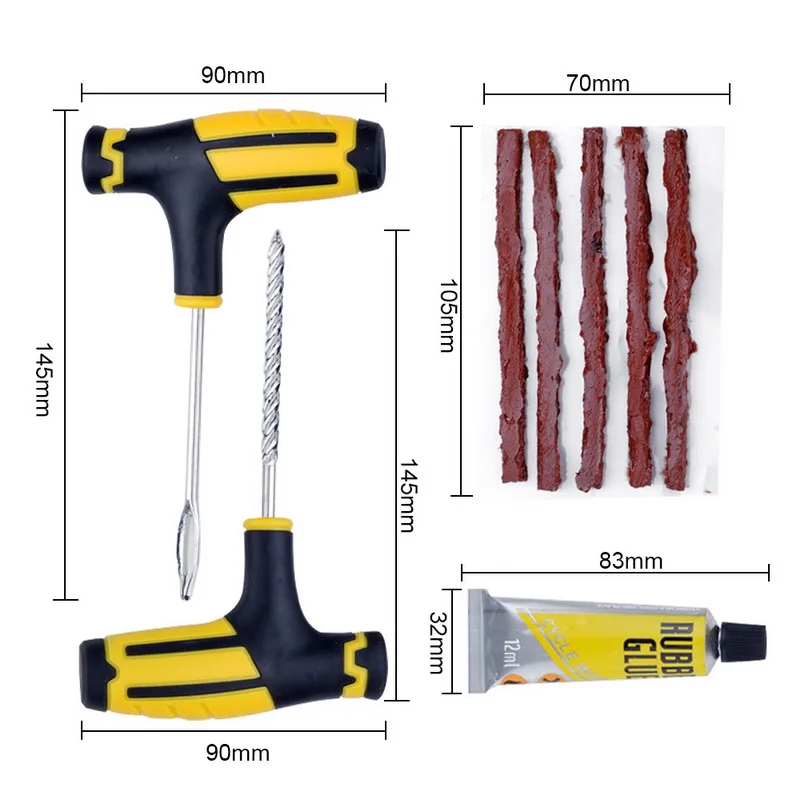 Reciprocating Saw with Carbide Blade
Reciprocating Saw with Carbide BladeIf you’re wondering how to cut a tire, specifically a whole tire, a reciprocating saw will meet your needs. They’re fast, efficient, and a good carbide blade can zip right through that tough steel mesh. If you have a big project or a lot of tires to cut, you’ll probably want to purchase extra replacement blades, as steel belting can dull them quickly. Remember to protect yourself if you’re going to use a power tool on a tire. Wear a respirator to protect yourself from fumes (we recommend a Concrete Dust Respirator Kit ) and goggles to keep your eyes guarded from shrapnel. Lay the tire flat before cutting and work your way slowly through the tire. For best results, dispense with the sidewall first with a hook blade, then pass the reciprocating saw through the tread. This is more efficient and requires less effort. Below is our pick for a great reciprocating saw, and some carbide blades to go with it.
SKILSAW SPT44A-00 13 Amp Reciprocating Saw with Buzzkill Tech
SKIL 13 Amp Corded Reciprocating Saw with Buzzkill Technology - SPT44A-00
Freud DS0909CGP3 Diablo 9″ Carbide Tipped General Purpose Reciprocating Blade
Freud DS0909CGP3 Diablo 9" Carbide General Purpose Reciprocating Blade (3 Pack)
Pros
Cons
 Circular Saw with Carbide Blade
Circular Saw with Carbide BladeIf you need to make straight-forward cuts across your tire, a circular saw can do the trick. You won’t get the same amount of control and dexterity as you will from a reciprocating saw, but if you need to cut the tire in half perpendicularly, it’s another fine solution. You will want carbide blades with this, as well, as they’ll stand up to the steel belting better. Don’t forget about respiratory and eye protection and remember to cut slowly and away from your body for safety. We’ve chosen a great circular saw below that will help you wrangle those steel belts.
SKIL 5280-01 15-Amp 7-1/4-Inch Circular Saw with Single Beam Laser Guide
SKIL 15 Amp 7-1/4 Inch Circular Saw with Single Beam Laser Guide - 5280-01
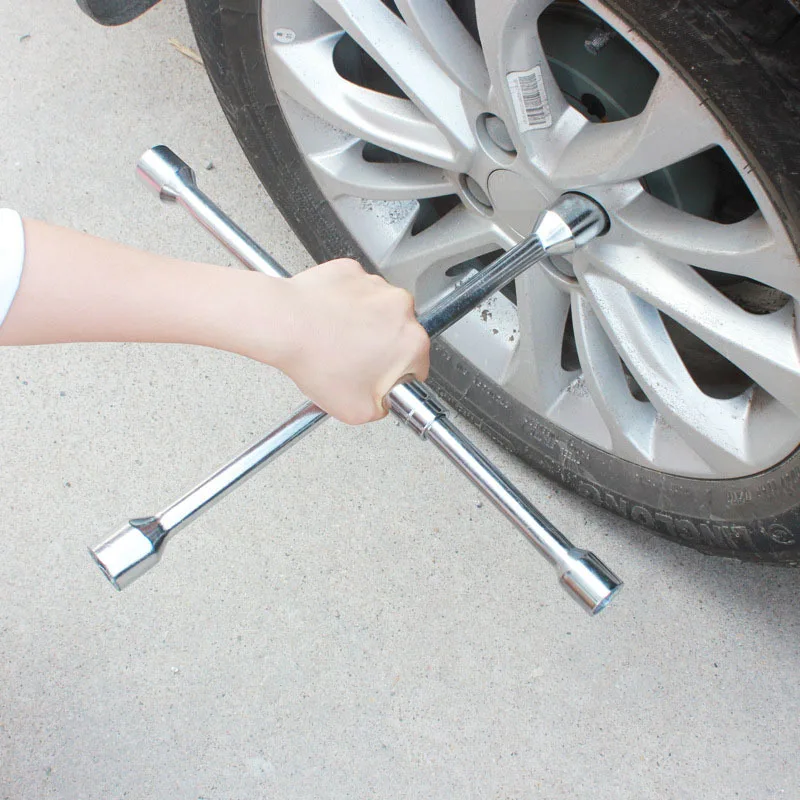
Pros
Cons
If you have a standard utility knife laying around and don’t want to fork over extra money for the hook blade, you can still use the regular blade to slice through the sidewall. You’ll need to apply extra effort, as you won’t get the same “grab” as you will with a hook blade, and you’ll still need a power tool to get through the steel belting. You’ll also want to have replacement blades handy, as the rubber will dull your blades quickly. But if you want a quick and cheap option, this will still work. We’ve listed our favorite utility knife below if you’re in the market.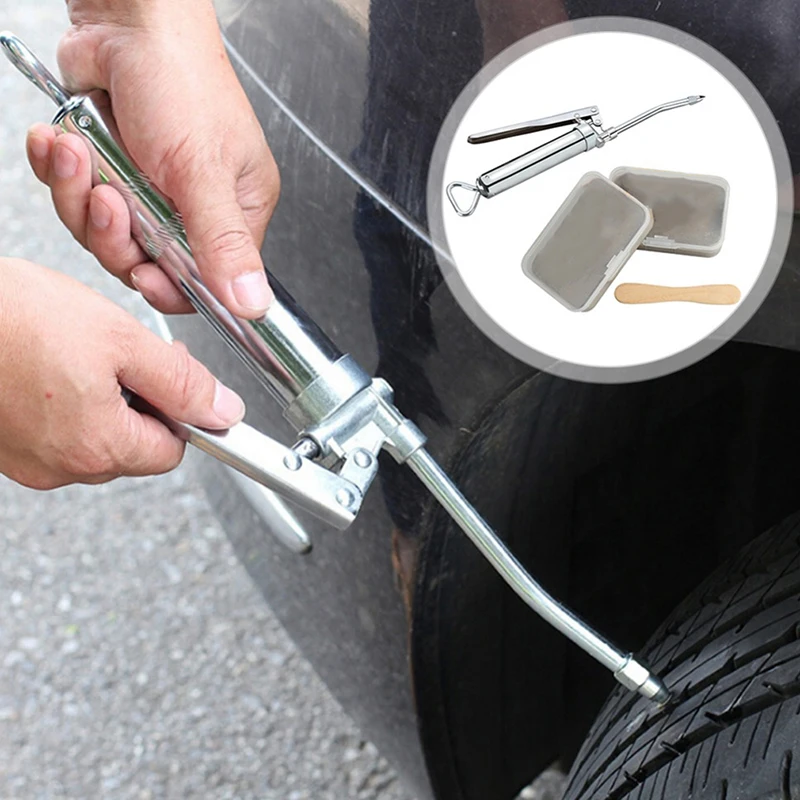
MulWark Heavy Duty Zinc-Alloy SK4 Snap-Off Easy Loading Retractable Razor Utility Knife
MulWark Heavy Duty Zinc-Alloy SK4 Snap-Off Easy Loading Retractable Razor Utility Knife Multi Box...
Pros
Cons
See Also:
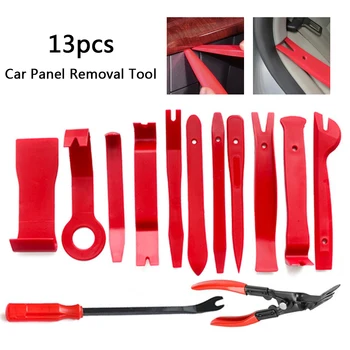 You should protect yourself from inhaling dangerous fumes but also your eyes and hands, so make sure to wear a respirator, goggles and gloves to protect your hands from sharp tire bits.
You should protect yourself from inhaling dangerous fumes but also your eyes and hands, so make sure to wear a respirator, goggles and gloves to protect your hands from sharp tire bits.1. Use a workshop or an open space
You need to practice safety at all times, so it’s best that you have plenty of space around you to avoid worrying about hurting somebody close to you. Since you’re going to be using a power tool (easiest method), pieces can fly around and end up striking somebody in the face or eyes. Other people can trip over extension cords, so avoid a lot of hassle and choose a safe space. The other reason a workshop is useful is for the cleanup afterward. After you’re done, sweep up the unused pieces and dispose of in a dustbin.
2. Use a metal-safe blade
After you’ve placed the tire flat on a table or the ground, you need to fit a metal-safe blade into a power saw. As mentioned, most big tires have steel belts, so you’re going to need a blade that’s strong enough to penetrate metal. If you’re using Dremel tools, fit a metal grinding blade. Otherwise, you can use a ferrous-metal blade for circular or jigsaws. The other option is carbide-toothed saw blades.
If you’re using Dremel tools, fit a metal grinding blade. Otherwise, you can use a ferrous-metal blade for circular or jigsaws. The other option is carbide-toothed saw blades.
3. The first cut should be widthwise
While your tire is flat on a surface, you can press the cutting edge across the sidewall or into tire’s surface. Then, you need to move the blade from the inner to the outer edge. Don’t be surprised to discover that the steel belts put up a fight but push harder. A strong blade shouldn’t have an issue with cutting the steel belt.
4. Cut from the other side
Once you’ve done all the cuts you want on the one side, flip the tire over and use the end of the cut from the first side to extend the cut on the second side. Cut the tire in half. That’s going to help you cut other pieces faster and more effectively because you’re not trying to cut through both sides at once.
5. Continue the other cuts
Use the two halves to cut smaller pieces.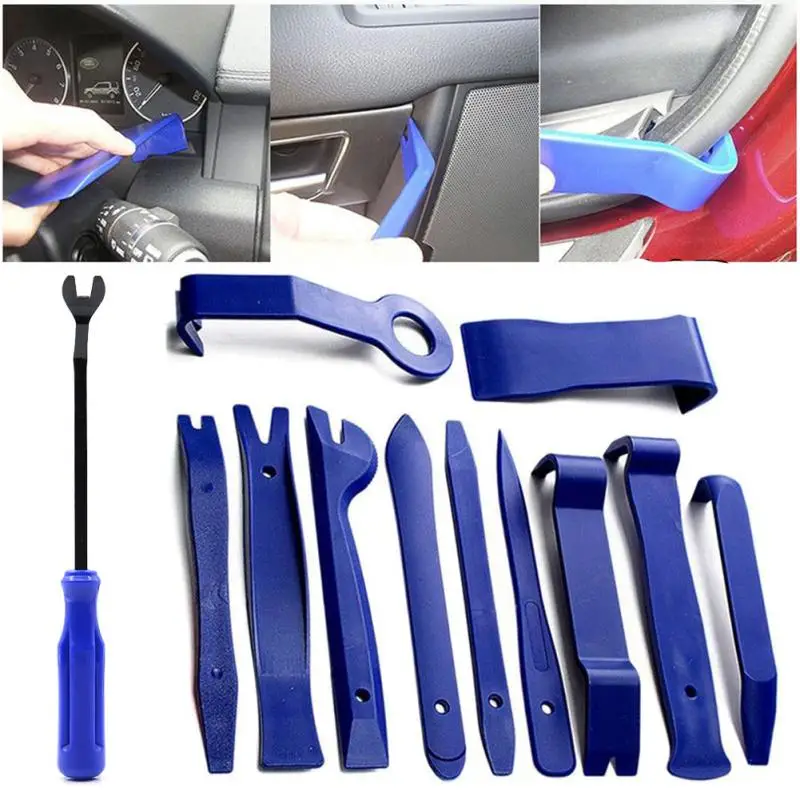 Cut through the center on both sides of the pieces and continue this process until you’ve got as many pieces that you want. Just remember that small pieces are more likely to shift and slide than bigger pieces, so you need to be more careful.
Cut through the center on both sides of the pieces and continue this process until you’ve got as many pieces that you want. Just remember that small pieces are more likely to shift and slide than bigger pieces, so you need to be more careful.
6. Cut through the tread
You’ll have to cut the tire from three different sides, so the best way to do that is to use an adjustable clamp. The first two cuts were from both sides, and the third cut will be through the thread. Use an adjustable clamp to pin the tire flat on a table so that the thread is facing up. The final cut will be through the thread, so you will cut right across it while the tire is placed horizontally. That’s when the three cuts will meet, making the rubber come apart with ease.
If you’re wondering how to cut a tire, it all boils down to how much of your tire you want to cut. To slice completely through, you’ll want a power tool with a carbide blade to tackle the steel belts. If you just want to get the most recyclable rubber out of the sidewalls, a manual tool works perfectly fine. Consider our top pick, the Milwaukee 50-Piece Hook Utility Knife Blades for the best efficiency. Keep in mind these are only blades, though. You’ll want a sturdy handle with a good grip, too, such as the Milwaukee Fastback 3 Utility Knife. Then you can switch out the straight blade for the hooked blade.
Consider our top pick, the Milwaukee 50-Piece Hook Utility Knife Blades for the best efficiency. Keep in mind these are only blades, though. You’ll want a sturdy handle with a good grip, too, such as the Milwaukee Fastback 3 Utility Knife. Then you can switch out the straight blade for the hooked blade.
SKIL 5280-01 15-Amp 7-1/4-Inch Circular Saw has a 15-amp motor that delivers 5,3000 rpm. You’ll need that to get through the steel belt with ease. The other great feature of this circular saw is the 51-degree bevel capacity, allowing you a variety of cuts so that you can approach the tire from different angles. The SKILSAW SPT44A-00 13 Amp Reciprocating Saw has a variable speed trigger so that you can increase the pressure when you encounter steel belts. The powerful 13-amp motor produces controlled cuts through tough materials, and Skilsaw has designed the saw to direct debris and dust away from the user.
Don’t forget about protecting your lungs and eyes from toxic rubber fumes and cut in a well-ventilated area.
Whatever you choose, we hope this guide and our reviews have helped you narrow down the options for cutting tires efficiently and cleanly. Decide how you want to use your tire parts first, then you can take the dive into purchasing a product. If you already own one of the above tools, it’s probably worth giving it a try before you plunk down your hard-earned cash on a new tool. Any of the above methods work, despite the order of preference we’ve suggested. Good luck cutting those tires!
RELATED READING:
Which tool works best for cutting circles in wood?
What’s the most efficient way of cutting aluminum? We put it to the test!
Contents
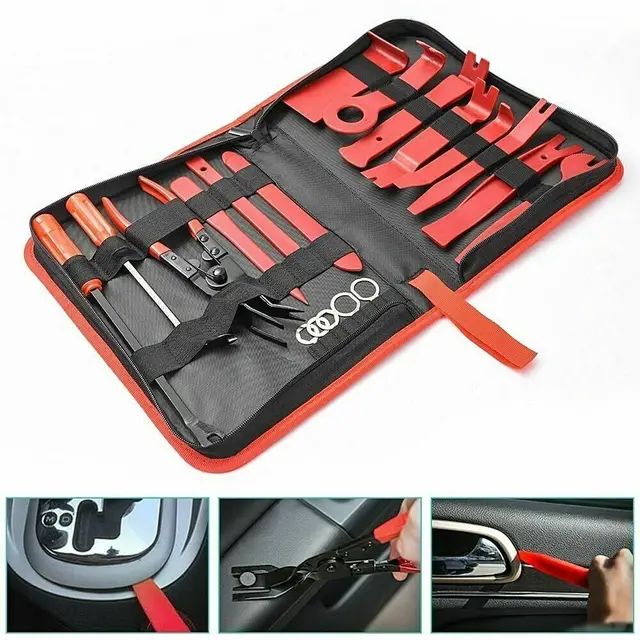 1 Safety Precautions
1 Safety PrecautionsIsaac Hyde’s 19th-century industrial peers included Benjamin Franklin Goodrich, Harvey Firestone, and Charles Goodyear.
And today, the companies that bear their names use the products that bear his. That’s staying power, which must be earned by being a dependable supplier of quality products for generations!
Despite the inroads of automation, tire production still requires a lot of handwork and precise cuts. And in both areas, plant managers look to Hyde blades – from heavily automated machines that use circular blades to cut the raw material to technicians using hand pin vent trimmers to finish tires as they come hot from their molds.
You’ll also find Hyde products used in the manufacture of so many other rubber items. Hoses and belts, material for rubber floor mats, conveyor belts, and various rubber parts all go under one Hyde cutting knife or another during the fabrication process.
Hyde rubber and tire cutting knives provide users with a high-performance edge and outstanding durability. We start with the highest steel grades and then add a durable and ergonomic grip.
With decades of heat-treating and grinding experience, we understand the challenging demands of these markets.
You can get the right blade, made from the right materials kept in stock, that will hold up under the harshest conditions while fulfilling your performance demands.
Some of the more common blades we supply to the tire and rubber industries include:
Circular knives and blades are critical components to successfully processing industrial tire and rubber products.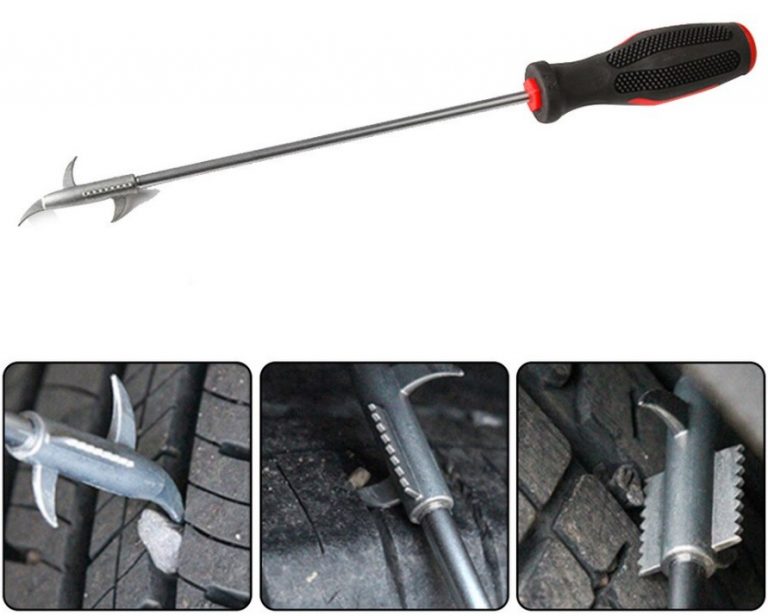
Whether cutting slabs to be molded into tires, slicing wide conveyor stock into multiple widths, or converting heavy stock into pulley driving belts, you can count on Hyde blades to do the job right.
The original offerings to come out of Isaac Hyde’s workshop in 1875 were hand knives for the leather and rubber industries. Users today still look to Hyde to meet the challenges of their most demanding applications requiring special hand knives when cutting, slitting, and trimming.
Tire and rubber cutting applications require the usage of v-trim and pin vent trimming blades with a manual clean-up process. Hyde is the leading manufacturer of these and other hand knives that are essential cutting tools of the trade for rubber and tire workers.
Tire and rubber operations require v-trim and pin vent trimming blades for their manual clean-up processes, and Hyde continues to be the leading supplier of these blades. And if you need Spadone bias cutters or skiver blades, you’re covered by the most dependable products in the market. Hyde truly understands the demands you place on these products, having served your needs for over a century.
Hyde truly understands the demands you place on these products, having served your needs for over a century.
Are you looking for large carbon steel butcher knives for cutting tires and separating rubber slabs? You don’t have to look any further – you’ve found Hyde.
You can fill all your blade needs from one source. Circular knives, bias cutters, pin vent trimmers, mill knives, extension blades, handles, and hand knives for every rubber cutting application – if you can name it, we can make it.
And custom-made knives can be made to your specifications – just send your print or a sample blade. When you’ve got the tough job to do, Hyde blades get the job done!
When you need a tire and rubber hand knife that will out-perform all others while standing up to the test of time, look no further than Hyde. Our high-quality products, expert-level craftsmanship, and top-notch customer service will provide you with a hand knife that will allow you to get the job done right.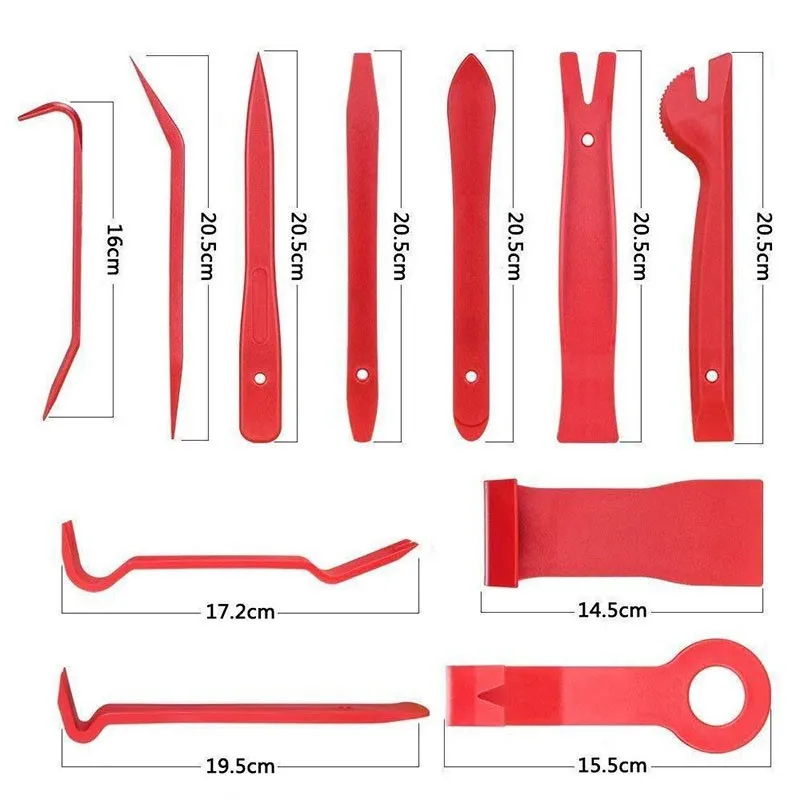
Get a Quote
Article reading time: 5 minutes
Save to bookmarks
But what to do if the erased tire relief does not give the proper level of grip? In this case, you need to take a groover to cut the tread and restore the grip level. How to do it? Read about it in our article.
Factory cutting of lamellas in car tires involves the creation of grooves with a sufficient depth, but over time their height melts, rubbing against the asphalt and the ground surface.
The minimum admissible knurling depth cannot be less than:
If the tire is worn down to the marker sewn into the rubber, you will have to buy a new tire.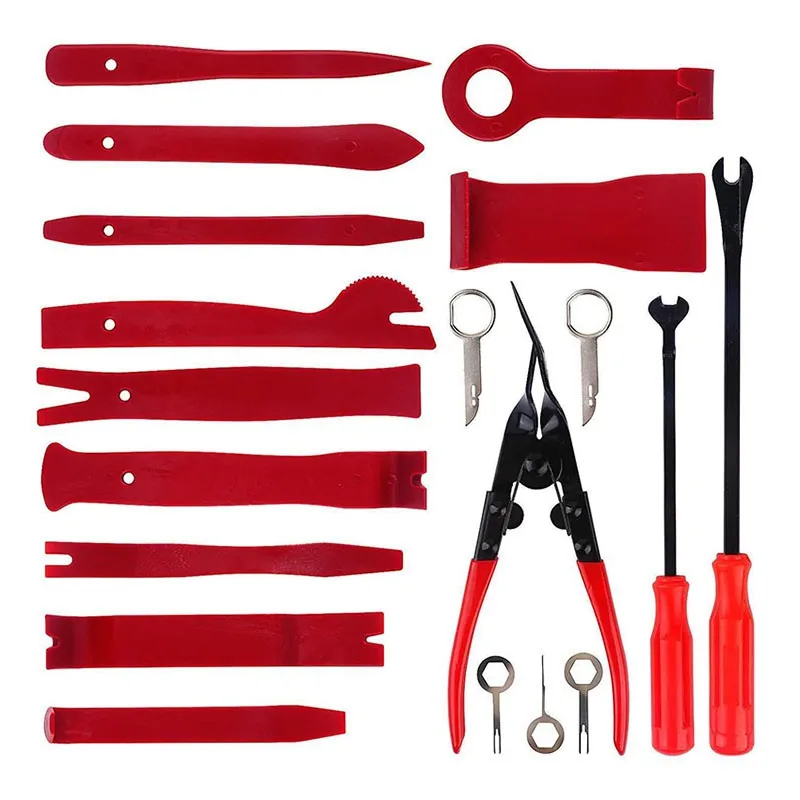 If you want to avoid unnecessary expenses, try cutting new grooves in thick rubber before its height drops below 0.8-2.0 millimeters.
If you want to avoid unnecessary expenses, try cutting new grooves in thick rubber before its height drops below 0.8-2.0 millimeters.
To restore rubber, you will need a special groover knife and a good eye. If you have the skills and a special tool, you can cut the tread with your own hands in just one to two hours, saving a lot of money. However, this technology does not work with all tires.
| Photo of UAZ car tire before cutting | Photo of UAZ tire after cutting |
|
| |
The widespread fascination with ecology and the threat of global warming has changed the fate of worn wheels. Previously, such tires formed man-made mountains in every landfill. Today, according to the requirements common in the European Union, the following types of tires are subject to mandatory restoration:
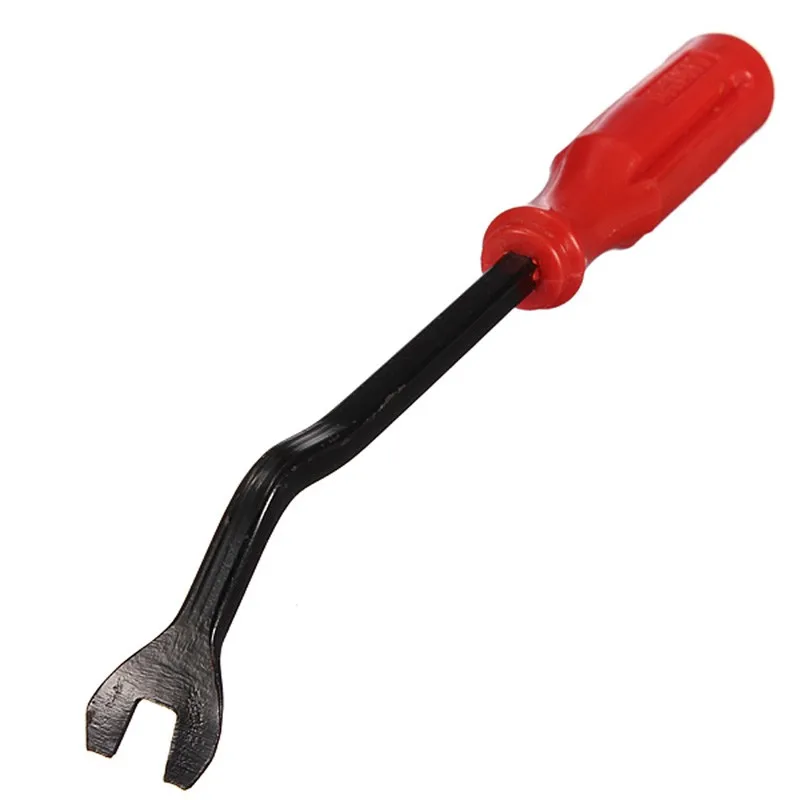 5;
5; Restoration of truck tires and swamp tires for SUVs is possible only with the assistance of a manufacturer who has provided for compatibility with cutting technology at the rubber production stage. Therefore, it is possible to cut tires at home only if the inscription - REGROOVABLE is read on their sides.
If you do not see such an inscription, contact a car repair shop or abandon the idea of \u200b\u200bretreading. After all, the wheel of a passenger car is pumped up to 2.5 atmospheres, and up to 8 bar is blown into the tire of a truck, so even the slightest mistake when cutting will reduce the life of the tire several times.
Before cutting new grooves on the tread, you need to find a device suitable for the case. In auto repair shops, a special machine for car tires is used for these purposes, and home craftsmen prefer to cut the tire with their hands using knives or machines.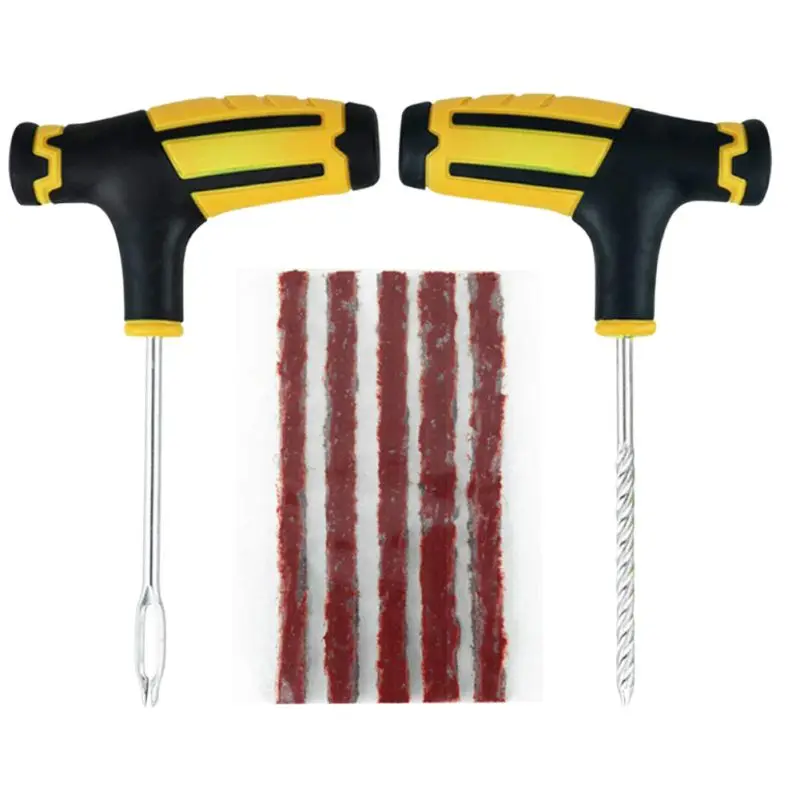
The most popular tread cutter is the electric regrower. This knife-soldering iron hybrid cuts grooves from 0.5 to 5 millimeters deep to create a new tread pattern. Even a cast tire cannot resist such a cutter. Moreover, the combined (thermal and mechanical) effect on the rubber does not involve great effort when cutting. A professional device for restoring lamellas differs from a tool for garage craftsmen in the ability to change cutting nozzles. Manufacturers of such machines produce special sets of nozzles for each brand of car or truck tires. Some tools allow you to cut several lamellas at once in one movement.
Reducing the tread depth reduces the tire's grip on the road, so to improve stability, you need to deepen the existing grooves without widening them. For these purposes, you need to find a special regrower attachment or make a homemade knife for passenger tires and cargo treads.
If tires are cut with a car regrower, the tool moves from the center of the tread to its edge. In this case, you need to control the position of the elbow - it must remain in a plane parallel to the contact patch. If you raise or lower your elbow during a cut, an extra hole or an area that is not selected in depth will appear on the tread.
When cutting thick truck tires or cast tires for special vehicles, this error can be corrected by transferring them to a car repair shop. Thin passenger tires do not forgive such failures. You can ruin a tire in just one awkward move. Therefore, most often, owners of old tires for UAZ, ZIL or GAZ take up self-cutting, but it is better for owners of passenger cars to restore their tires only in the workshop.
Winter Drive protection
Tires Goodyear UltraGrip Arctic 2 SUV
Winter Drive Protection Sound Comfort
Rating:
4.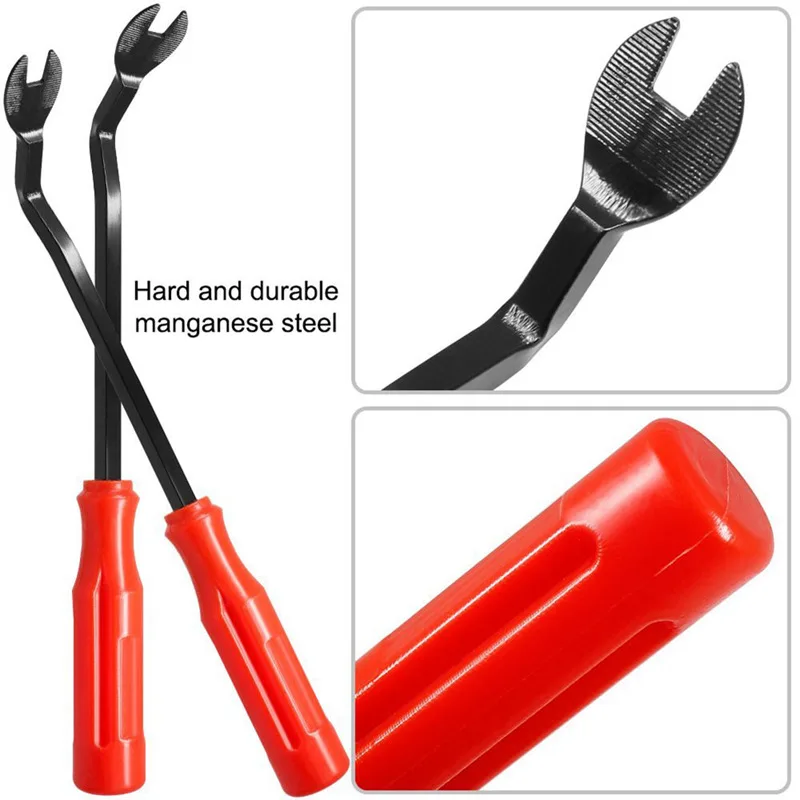 5
5
Tires Goodyear UltraGrip Ice 2
Winter Drive protection
Tires Goodyear UltraGrip Performance+ SUV
Winter Drive protection
Tires Goodyear UltraGrip Arctic 2
Winter Drive Protection Run On Flat Sound Comfort
Tires Goodyear UltraGrip Performance+
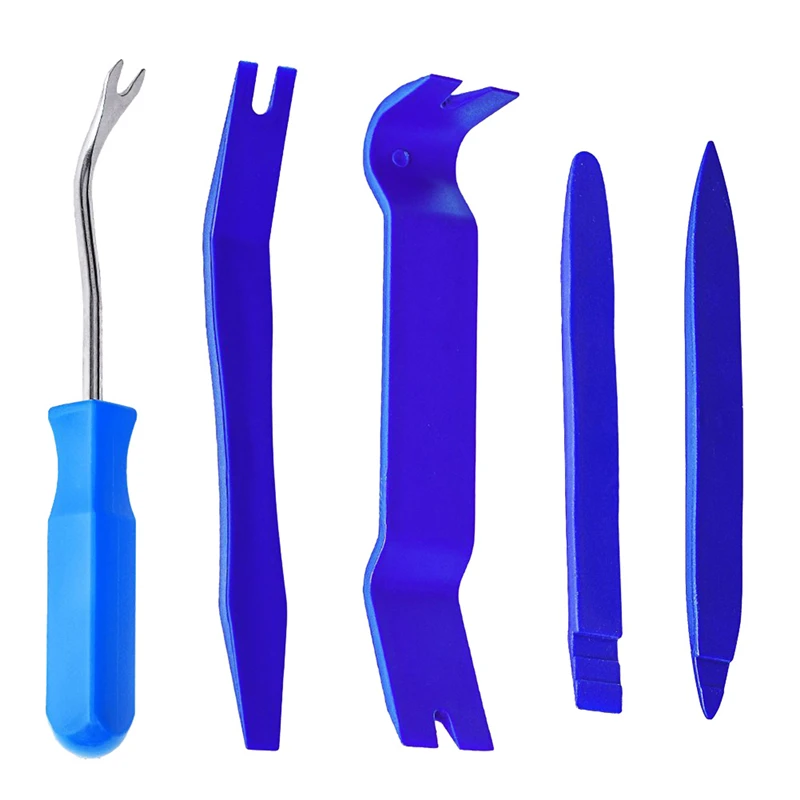 It is much more pleasant to work with a clean tire, especially if you do all the work with your own hands and home tools.
It is much more pleasant to work with a clean tire, especially if you do all the work with your own hands and home tools.  A professional does the job in several passes.
A professional does the job in several passes.
This video shows the sequence of processing a tire by a professional groover. As you can see, the master uses special nozzles that allow you to neglect measuring the depth of cut. This saves time and improves the quality of processing.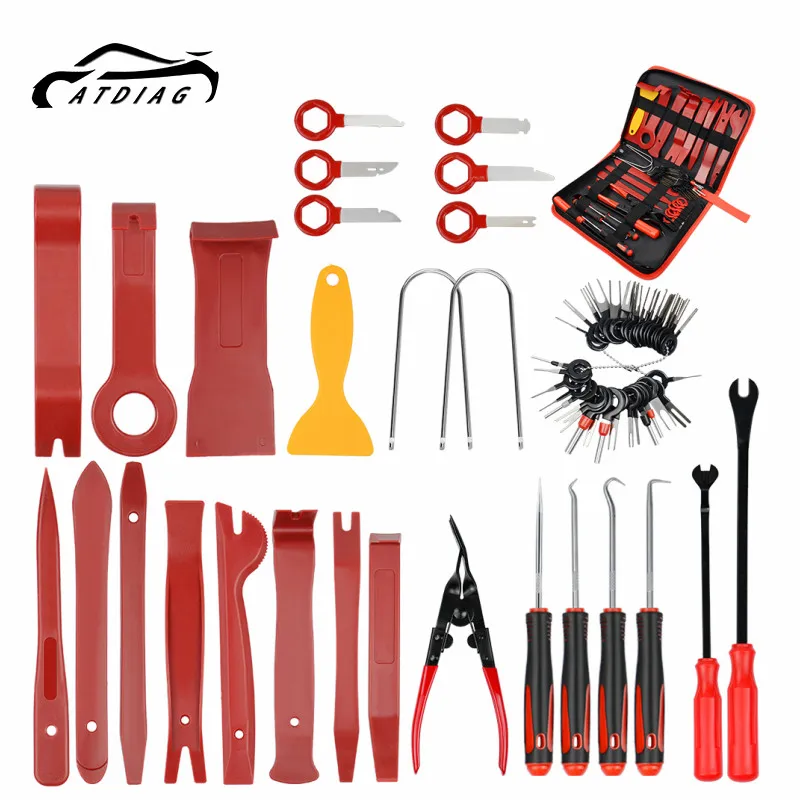
If you want to go that route, first check how much professional cutting equipment costs. It is possible that its price will seem excessive to you, and you will prefer to order this work from professionals.
This video shows how the homemade tool works. A machine made from a conventional soldering iron works no worse than professional equipment. A heavily worn tire is covered with new grooves in just 6-7 minutes. But if you want to go this route, pay attention to the impossibility of adjusting the depth of cut. In fact, it depends on the pressing force. The author of the video suggests “cutting the tire as you like,” which does not guarantee the long life of the rubber and the safety of the vehicle owner.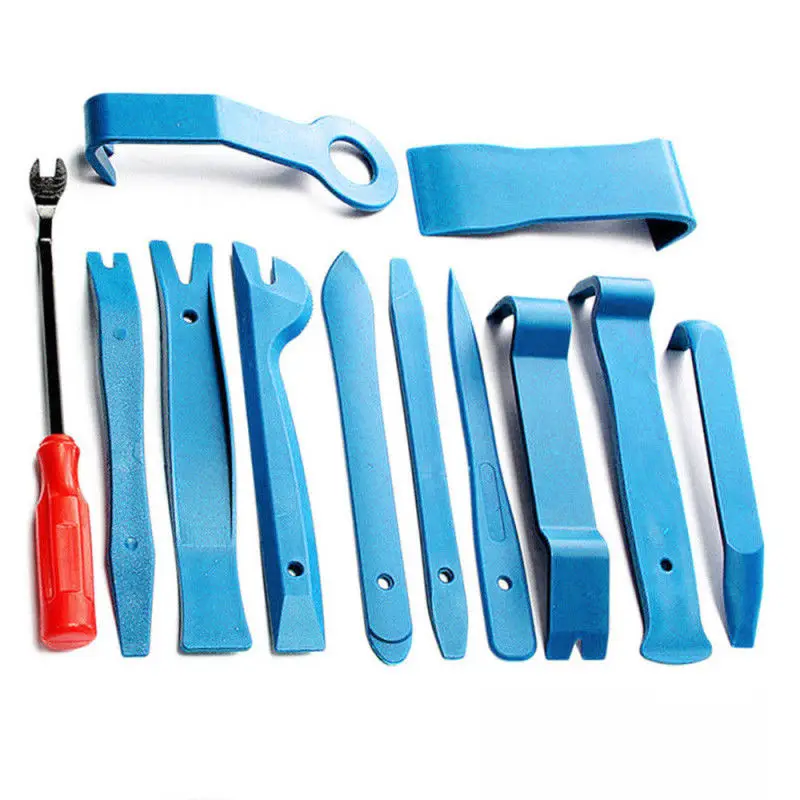 Thoughtless work can provoke a wheel break right while driving on the highway.
Thoughtless work can provoke a wheel break right while driving on the highway.
Article author: Goodyear team
series: NEO
Hydraulic tire cutter
series: NEO
Hydraulic Tire Cutter
series: NEO
Hydraulic tire cutter
New
series: NEO
Hydraulic tire cutter
New
series: NEO
Hydraulic tire bender
series: NEO
Hydraulic tire bender
series: NEO
Hydraulic tire bender
New
series: NEO
Hydraulic tire bender on edge
series: NEO
Hydraulic shinodyr.